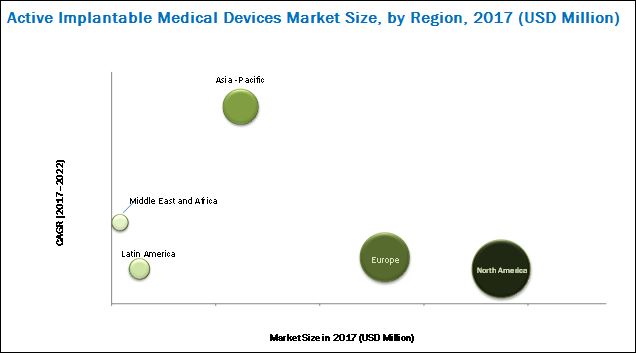A number of factors, such as increasing prevalence of respiratory disorders, rapid growth in the geriatric population, high prevalence of tobacco smoking, preference towards home-based oxygen therapy, and technological advancements are expected to drive the growth of this market.
According MarketsandMarkets™ Research – The report “Oxygen Therapy Equipment Market by Product (Oxygen Source (Concentrator, Cylinder), Delivery Devices), Portability (Stationary, Portable), Application (COPD, Asthma, Cystic Fibrosis, Pneumonia), End User (Hospital, Home Care) – Global Forecast to”, is expected to reach USD 4.01 Billion by 2022 from USD 2.65 Billion in 2017, at a CAGR of 8.7%
Request Research Sample Pages: https://www.marketsandmarkets.com/requestsampleNew.asp?id=118828572
Oxygen source equipment is expected to dominate the market.
On the basis of products, segmented into oxygen source equipment and oxygen delivery devices. The oxygen source equipment segment is expected to dominate the global oxygen therapy equipment market in 2017. The increasing incidence of respiratory disorders and technological advancements to develop smaller, quieter and more effective equipment are key drivers increasing the demand for oxygen source equipment.
Stationary oxygen therapy devices are estimated to command the largest market share.
The oxygen therapy equipment market is segmented by portability into stationary devices and portable devices. The stationary devices segment is expected to account for the largest share of the market, by portability. Severe complications in patients suffering from respiratory disorders and the increasing proportion of geriatric population across the globe are major drivers for the growth of this segment.
Geographical View in-detailed:
The global oxygen therapy equipment market is dominated by North America, followed by Europe. North America will continue to dominate the global market in the forecast period. However, Asia-Pacific is expected to witness the highest CAGR, with the growth in this market centered at China, Japan, and India. Increasing investment in healthcare, increase in healthcare expenditure, growth in disposable incomes, and an increase in healthcare insurance coverage are some factors propelling market growth in the APAC region.
The availability of low-cost substitutes by local manufacturers, rigorous regulatory guidelines causing delays in product approvals, and Medicare reimbursement rate cuts for home oxygen therapy in the U.S. are expected to restrain the market growth to a certain extent.
Download PDF Brochure: https://www.marketsandmarkets.com/pdfdownloadNew.asp?id=118828572
Global Key Leaders:
Key players in the oxygen therapy equipment market include Philips Healthcare (Netherlands), Linde Healthcare (Germany), Chart Industries, Inc. (U.S.), Invacare Corporation (U.S.), Becton, Dickinson and Company (U.S.), Smiths Medical (U.S.), Drägerwerk AG & Co. KGaA (Germany), Teleflex Incorporated (U.S.), Fisher & Paykel Healthcare Corporation Limited (New Zealand), Taiyo Nippon Sanso Corporation (Japan), Inogen, Inc. (U.S.), Heinen + Löwenstein GmbH & Co. KG (Germany)
Philips Healthcare (Netherlands) dominated the oxygen therapy equipment market. The company provides oxygen therapy devices through its Sleep and Respiratory Care business area. Philips Healthcare derives a majority of its revenue from the North American market. The company focuses on providing sophisticated products like oxygen concentrators, liquid oxygen devices, and oxygen cylinders. It is also looking at broadening its product offerings in the market via product launches. In 2016, Philips Healthcare, a market leader providing oxygen therapy equipment, developed Respironics EverGo, a portable oxygen concentrator which does not require refill or tank replacement. This enhances patient comfort as the patient does not have to depend on external parties for consumables.

